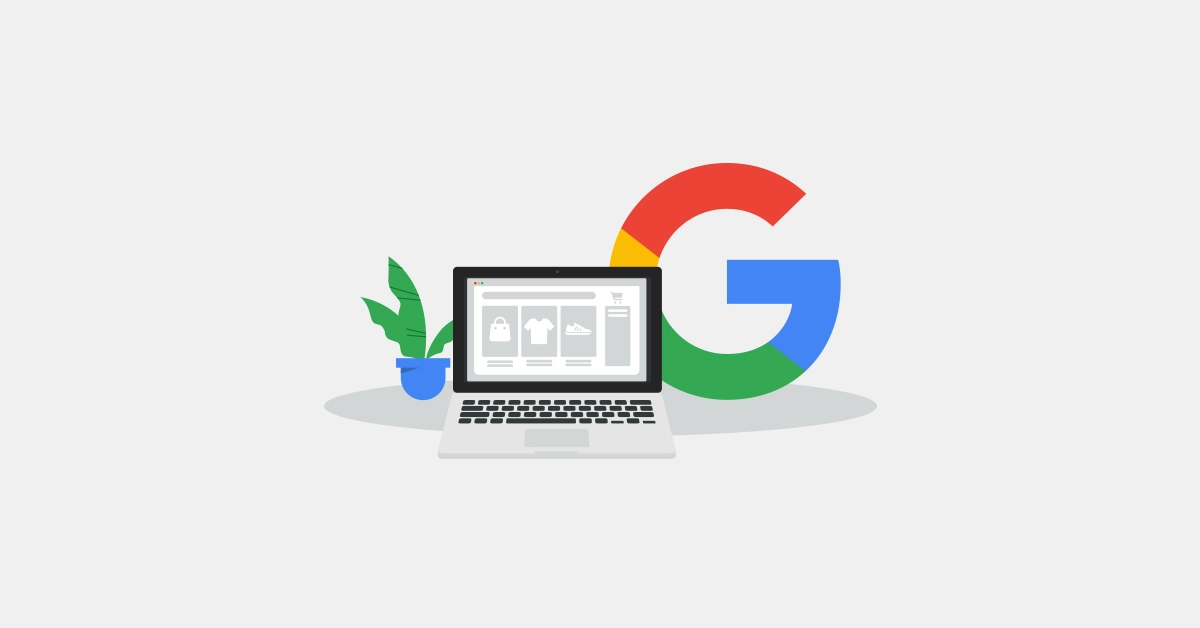
6 steps to scale your business
There’s no one formula for scaling a business, because every business—and founder—has unique strengths and challenges. Scaling up a clothing business, for example, is going to look different from scaling up a skin care empire. But there are some common threads to consider:
1. Make a plan for your future
If your company started as a hobby, like in Matt’s case with Hug Sleep, you may have just been going with the flow up until this point.
However, to scale sustainably, you need a business plan. It will not only help you understand your business, but it will be something you’ll need to show if you ever seek out outside investment.
There are different ways to format a business plan, but a basic one should include:
- Executive summary
- Company description
- Market analysis
- Management and organization
- Products and services
- Customer segmentation
- Marketing plan
- Logistics and operations plan
- Financial plan
In particular, you’ll be creating a strategic marketing plan, with a forecast for the future outlining your plans for growth. What’s a realistic revenue goal for a year from now? What about five years from now? What’s your plan for increasing your marketing capacity?
“That was actually a really valuable part of the process for us—sitting down and saying, ‘Where do we want to be? Where do we want to be in five years? What do we see from this business? And where do we think it can go?’” says Katie.
“I think that, from day one, we’ve really felt that Pantee has huge potential to become a household name brand.”
Nail down where your business is right now, as well as where you want your business to go. Use the resources below to get started and consider the next steps in scaling as you create your plan.
2. Evaluate your supply chain
Scaling up means a higher volume of sales and your supply chain needs to be equipped to handle that. What works right now might not work as well at scale.
Pantee, for example, was originally inspired by creating underwear from thrifted t-shirts. They then turned to dead-stock t-shirts, but they can actually be slower to process. Already-made shirts take longer to cut and evaluate for quality, so the brand has since expanded its source materials.
“We don’t just use the dead-stock T-shirts, we also use dead-stock rolls of fabric,” says Katie. “It’s the exact same grade of material, it’s just taken at a different point in the supply chain.”The fabric rolls allow for faster production but with the same commitment to sustainability. It’s even become a feature—getting their hands on a particular color lets them create a limited time collection drop that customers snap up.
Pantee goods are manufactured in Bangladesh at a factory with working conditions that Katie and Amanda vetted, but going overseas might not be the right move for your supply chain.
Matt scaled Hug Sleep while remaining with the same manufacturer in his home state of Wisconsin. In fact, a more local approach can help ease the stress that the COVID-19 pandemic has placed on global supply chains.
In either case, evaluate whether your current sourcing and manufacturing processes still function well at scale. If not, you’ll need to figure out next steps.
3. Hire strategically
Scaling up means you may no longer be able to do everything yourself, or with whoever you’ve recruited so far to make your business work.
Katie says Pantee has been running for the last year or so with just her and her sister as full-timers, supported by contractors. With a round of investment under their belts, Pantee is about to take on its first full-time employee.
Specifically though, they decided the most impactful choice was to hire someone to take care of brand and community management.
“Our strategy is very heavy on influencer marketing, ambassador marketing, and our partnerships, and it’s a very, very time consuming element of the business,” says Katie. Taking that workload off Katie and Amanda means more time back to focus on the core of the business.
If hiring is part of your scaling strategy, you should hire where an extra person would be most effective. For Pantee, it was marketing, but for your business it could be someone to work on product or customer service, or sales. Employees are a major financial commitment, so they should be focus on an area that will bring in the most return.
“We’re really excited to see what we can do sort of with an extra 40 hours a week put toward the business,” says Katie.
4. Outsource for efficiency
If it doesn’t make sense to hire your own employee, there are ways to outsource tasks to streamline your business as you scale. Matt, for example, doesn’t have any full-time employees. Instead, he uses an agency to handle all his marketing because he realized it was something a third-party would be better at.
“My background is in mechanical engineering,” he says. “I’m a numbers guy and a data guy. I thought there’s no challenge that I can’t get over.” So Matt tried to teach himself how to launch ads on Facebook, Instagram, and Google.
“I tried, and it didn’t work all that well.”
By talking to agencies, Matt finally realized that they could create a more sophisticated campaign than he could, so he outsourced.
He also hit a wall on order fulfillment. He used to pack all the orders himself and drop them off at the post office on his lunch breaks. But that doesn’t work at scale. He now uses the Shopify Fulfillment Network to do the heavy lifting.
Whether hiring an agency or an employee, you should consider where you most need help. If you’re struggling with marketing a small business, it’s only going to get more challenging as you scale up. Decide what aspects of your business would benefit from expertise you don’t have and look into third-party services that can help you out.
5. Automate where you can
Getting things done faster or more efficiently at scale can be made easier with tools designed to automate your workflow.
These can be simple fixes, like how Matt created scripted responses to deal with a heavy influx of customer service inquiries after he appeared on Shark Tank.
Another example for streamlining customer service is using Shopify Inbox for communicating with customers. This tool allows you to utilize live chat—which we know is a fantastic way to increase conversions—in a way that keeps all your conversations in one place, allows for saved responses, and gives you metrics so you can track impact.
Check out these handy bots to learn more about how to automate your business.
6. Seek new capital
Scaling costs money, and you might need to identify the right time to seek outside investment to see your plans through and keep your cash flow flowing.
That timing is crucial. Capital is something you want to secure before you act on plans to grow, rather than when your business takes off and you’re left scrambling for the funds to support it.
Katie knew early on that Pantee would need investment beyond that initial Kickstarter campaign.
“With what our goals were, and the sort of early traction that we had seen, we knew very early on that it was not something that we could do ourselves and continue to bootstrap,” she says. “As much as it really works for some businesses, I think, for ours, it was just too out of scope for us.”
Last September, Katie and Amanda started trying to raise the £200,000 ($261,000) they projected they’d need.
“It’s a difficult process. I think that we both found it to be one of the most challenging things that we’ve done,” she says.
The pitching process means having a solid plan (which is why a business plan was the first step) and fielding question after question from potential investors. Expect some ups and downs—Katie said some pitches went better than others, but they did reach their goal in the end. Once they started hearing “yes,” it gave them confidence to go out and pitch more.
Matt, on the other hand, made a big splash by appearing on Shark Tank. The show actually approached him, and he walked away with a $300,000 deal from two of the sharks.
Capital is something Shopify can help with. The Shopify Capital program is a way to secure funds that skips lengthy applications and allows you to repay using a percentage of your sales. Since 2016, Shopify Capital has made over $3 billion available to thousands of Shopify merchants, and our data shows that shops with this funding average 36% higher sales.
We also know that women and people of color have more trouble securing capital, and Shopify Capital is working to close that gap.
Source: Shopify Blog







